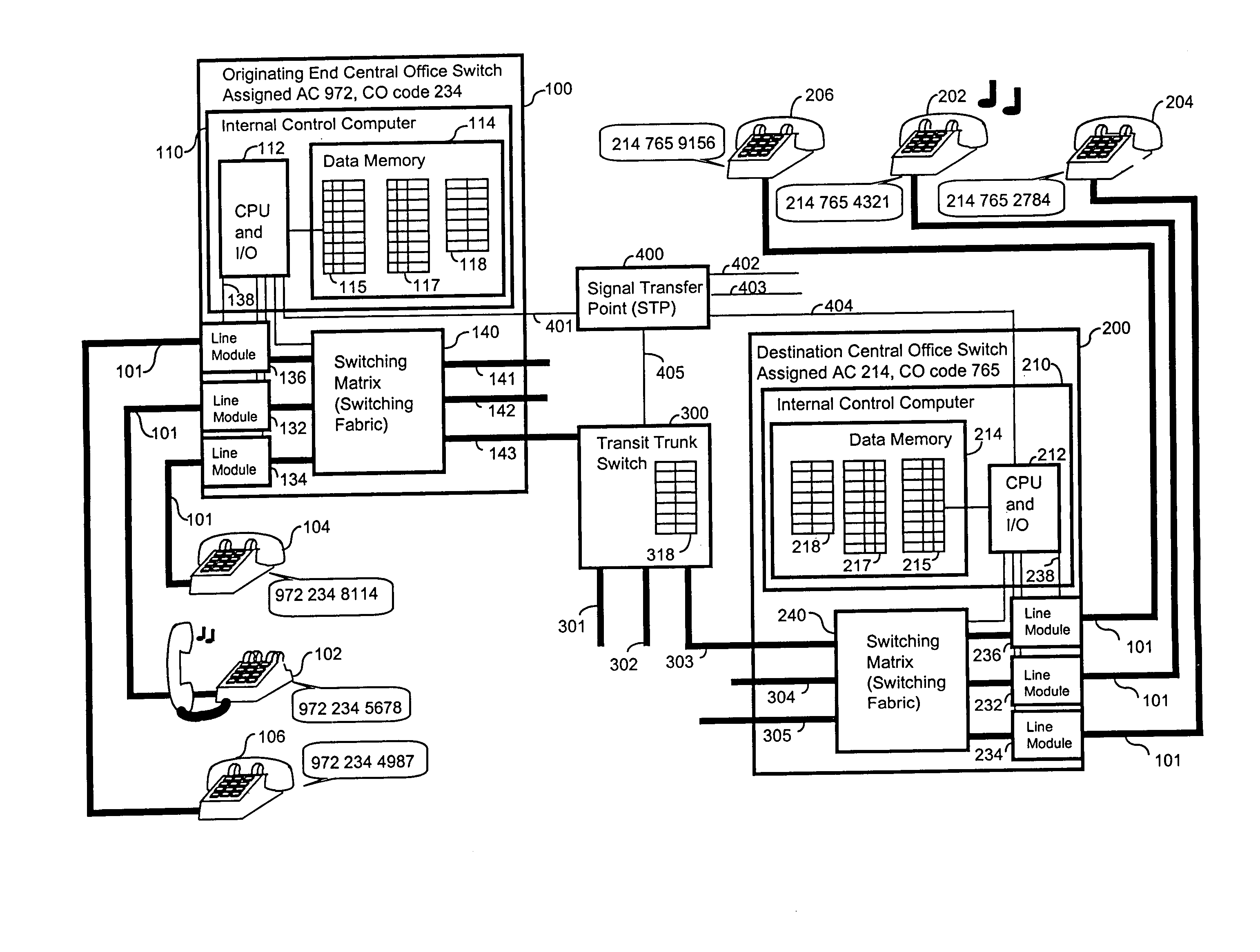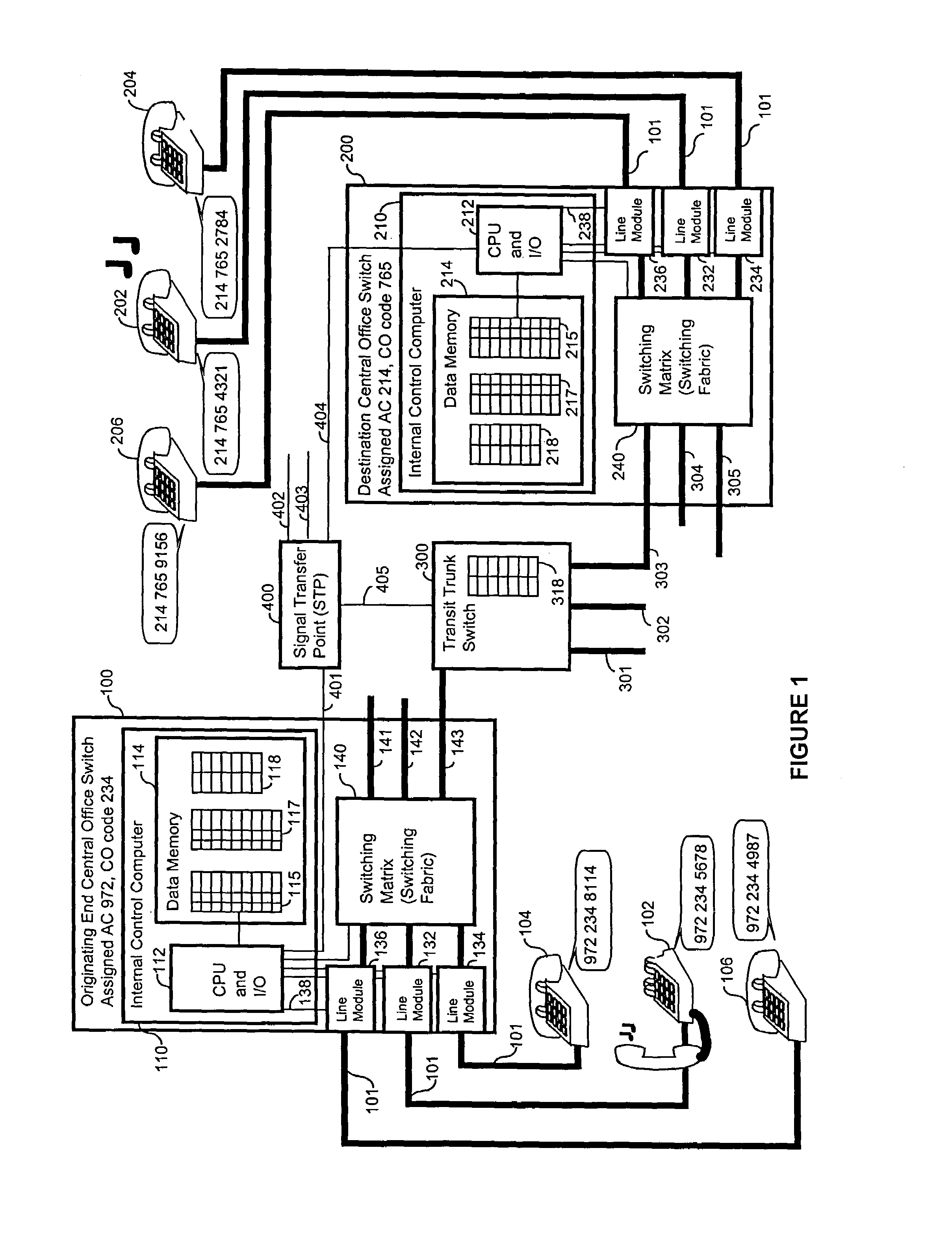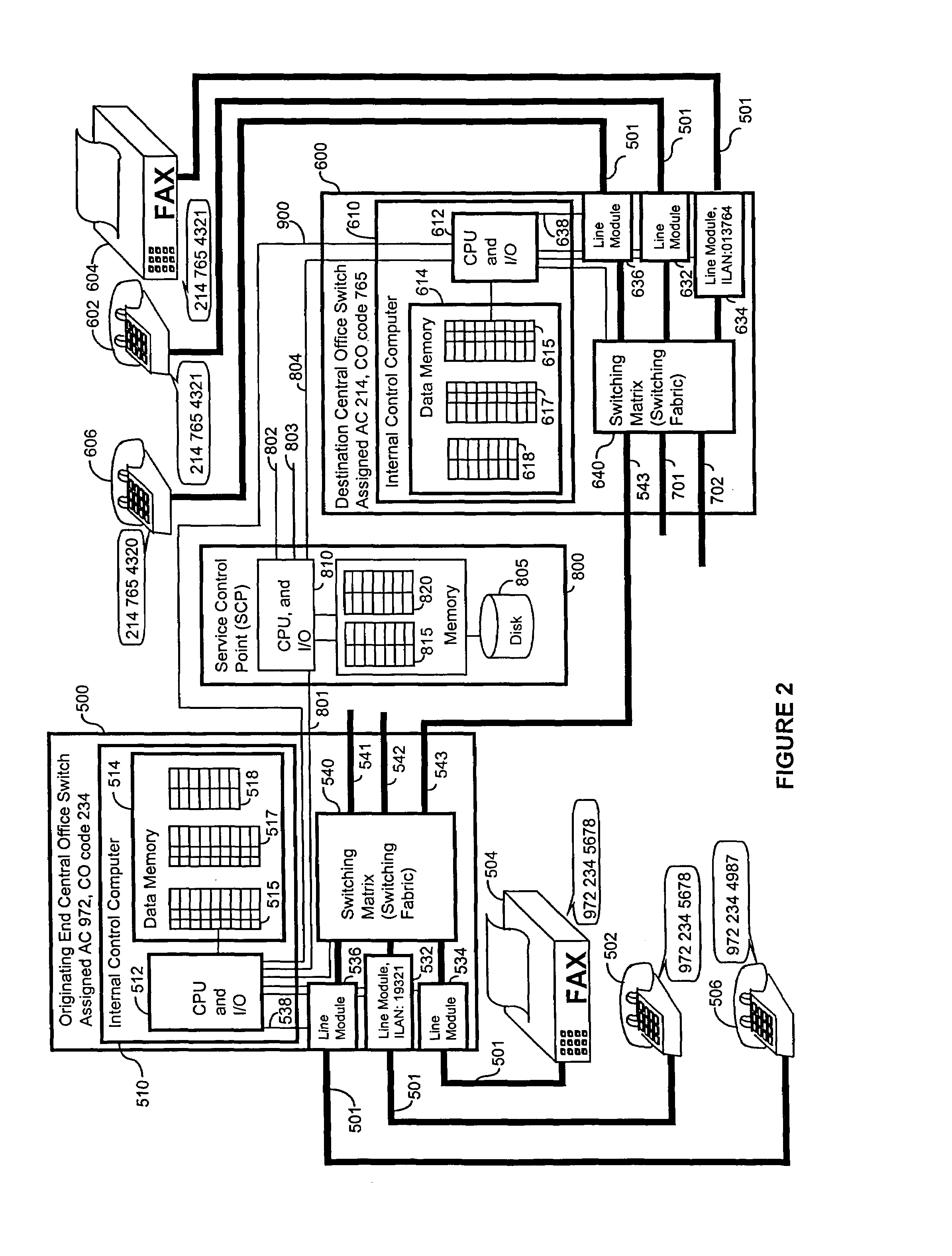System and method of network addressing and translation in a transportation system
a transportation system and network address technology, applied in the field of networks, can solve the problems of inability to access certain sas in all networks, affecting the use of the system, and affecting the accuracy of the translation
- Summary
- Abstract
- Description
- Claims
- Application Information
AI Technical Summary
Benefits of technology
Problems solved by technology
Method used
Image
Examples
Embodiment Construction
[0026]A network is a collection of points (called origin points, transit points, destination points etc. and links between these points. The network transfers an item of material substance or information, which are collectively referred to as traffic, from an origin point (OP) through a link to a transit point, where the item being transferred is routed to another link for transport to a destination point (DP).
[0027]An OP is where an item enters a network. A DP is the final place where an item is to be delivered within the network. In most networks, each origin point can also function as destination point, and likewise, each destination point can also function as an origin point. Usually, a point's status depends only on the use of the point. Commonly identifiable points include telephones, cellular phones, data terminals, physical street addresses, shipping docks, and postal drop boxes.
[0028]Links are paths of travel. Commonly identifiable links include wires, radio waves, guided a...
PUM
 Login to View More
Login to View More Abstract
Description
Claims
Application Information
 Login to View More
Login to View More - R&D
- Intellectual Property
- Life Sciences
- Materials
- Tech Scout
- Unparalleled Data Quality
- Higher Quality Content
- 60% Fewer Hallucinations
Browse by: Latest US Patents, China's latest patents, Technical Efficacy Thesaurus, Application Domain, Technology Topic, Popular Technical Reports.
© 2025 PatSnap. All rights reserved.Legal|Privacy policy|Modern Slavery Act Transparency Statement|Sitemap|About US| Contact US: help@patsnap.com



